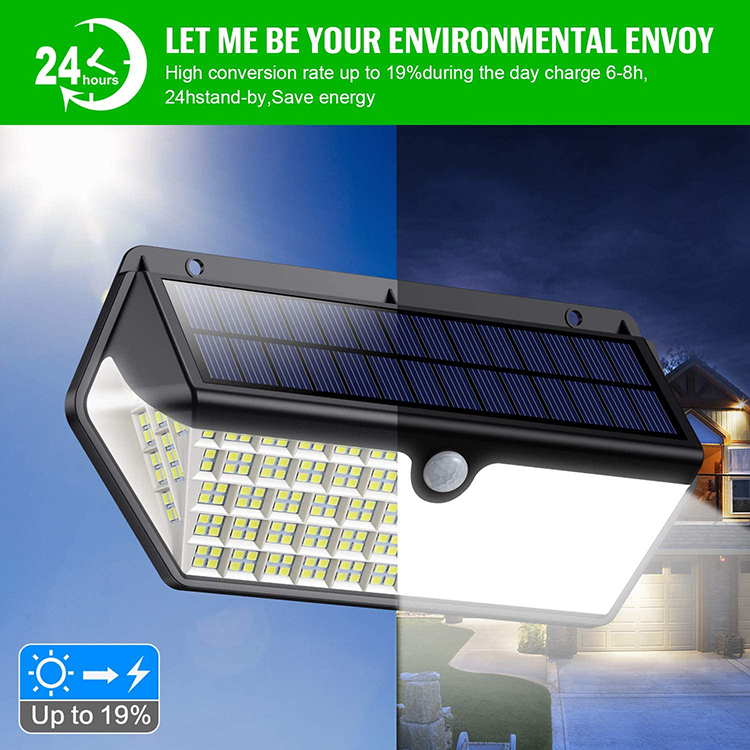time:2021-03-17 source:ZJ Lighting Views:125
Chip is the core component of LED. At present, there are many LED chip manufacturers at home and abroad, but there is no unified standard for chip classification. If it is classified by power, there are high power and medium and small power; if it is classified by color, it is mainly red, green, and blue; if According to the shape classification, it is generally divided into two types: square and round; if classified by voltage, it is divided into low-voltage DC chips and high-voltage DC chips. In terms of comparison of domestic and foreign chip technologies, foreign chip technologies are new, and domestic chips focus on output rather than technology.

Substrate materials and wafer growth technology are key
At present, the key to the development of LED chip technology lies in substrate materials and wafer growth technology. In addition to traditional sapphire, silicon (Si), and silicon carbide (SiC) substrate materials, zinc oxide (ZnO) and gallium nitride (GaN) are also the focus of current LED chip research. At present, most of the market uses sapphire or silicon carbide substrates to epitaxially grow wide band gap semiconductor gallium nitride. Both of these materials are very expensive and are monopolized by large foreign companies. The price of silicon substrates is higher than that of sapphire and carbide. Silicon substrates are much cheaper, and larger substrates can be produced, which improves the utilization rate of MOCVD, thereby increasing the die yield. Therefore, in order to break through the international patent barriers, Chinese research institutions and LED companies have started their research on silicon substrate materials.
But the problem is that the high-quality combination of silicon and gallium nitride is a technical difficulty for LED chips. The high defect density and cracks caused by the huge mismatch of the lattice constant and thermal expansion coefficient of the two have long hindered the chip field. development of. Undoubtedly, from the perspective of substrates, the mainstream substrates are still sapphire and silicon carbide, but silicon has become the future development trend of the chip field. For China, where the price war is relatively serious, the silicon substrate has more cost and price advantages: the silicon substrate is a conductive substrate, which can not only reduce the die area, but also eliminate the dry etching step for the gallium nitride epitaxial layer In addition, the hardness of silicon is lower than that of sapphire and silicon carbide, which can save some costs in terms of processing.
At present, the LED industry is mostly based on 2-inch or 4-inch sapphire substrates. If silicon-based GaN technology can be used, at least 75% of raw material costs can be saved. According to Japan's Sanken Electric Company, the manufacturing cost of using silicon substrates to make large-size blue gallium nitride LEDs will be 90% lower than that of sapphire substrates and silicon carbide substrates.